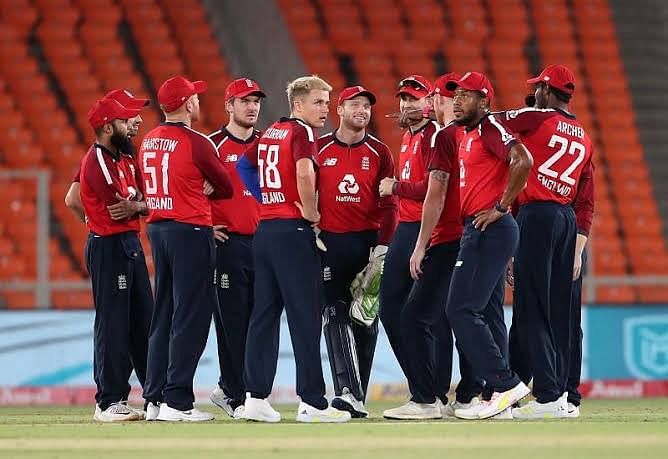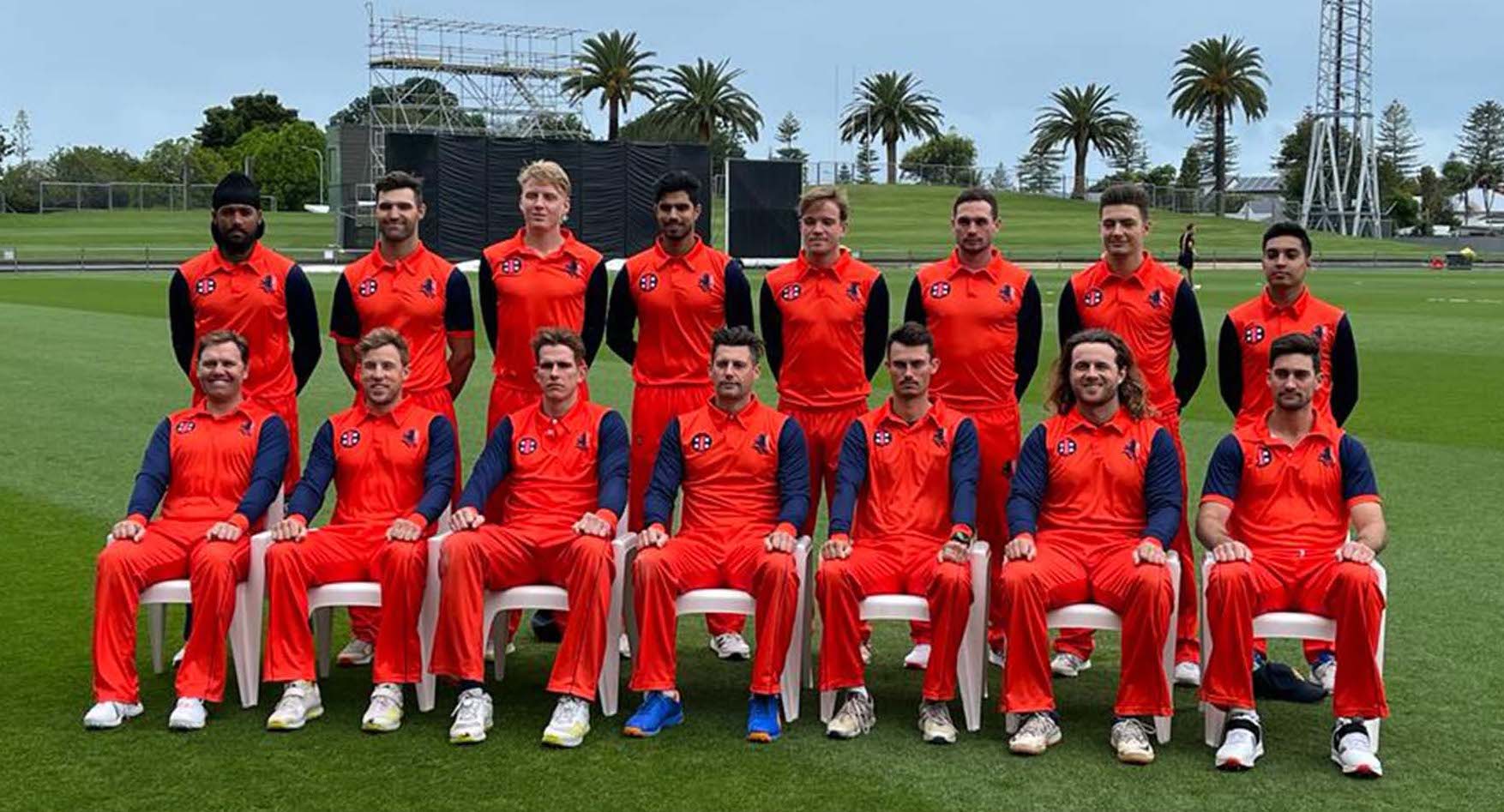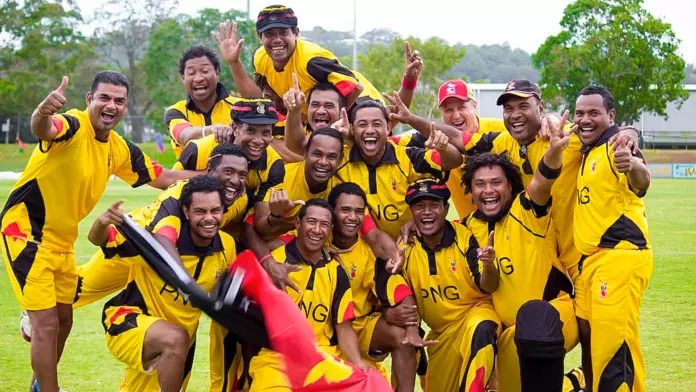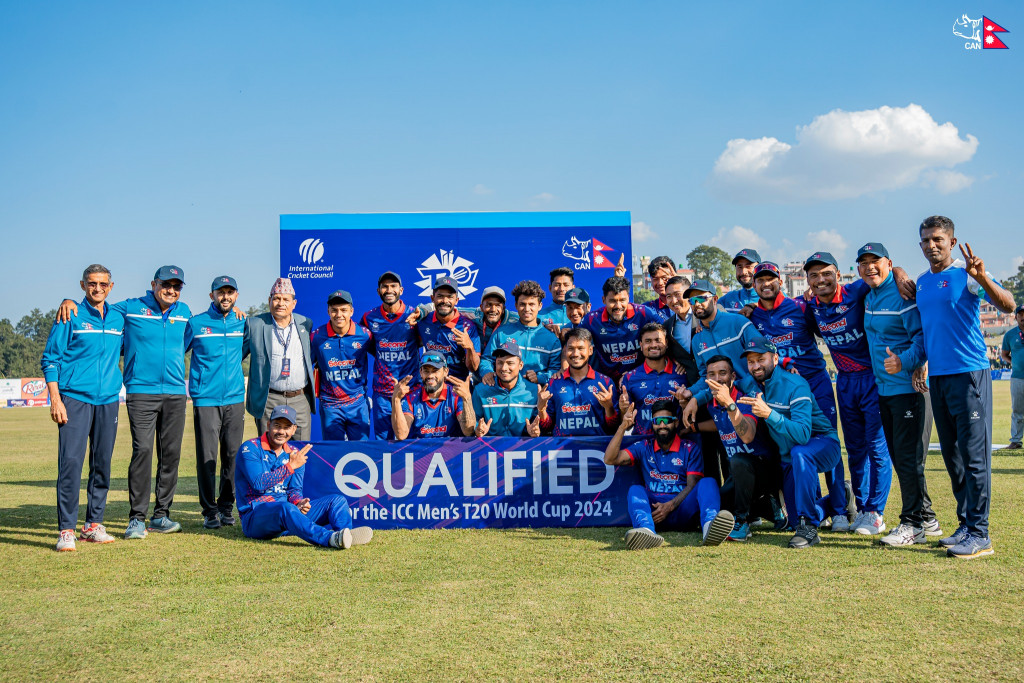The decision review system has been one of the technological reforms into the field of cricket, working its way to weed out umpiring errors but still very much an approximate science. Debates rage over ‘umpire calls’ even in today's game and are a hotly discussed topic. The decision review system has been a work in progress for over two decades, initially, that started out as a TV enriching experience and slowly made its way to a full-fledged review system.
What is DRS?
So let’s learn what exactly is this DRS system and what are the processes involved. Similar to VAR in football, The DRS system is used by a TV umpire who is known as the third umpire in cricket. He makes the final decision of the ball in question after viewing several video replays of the said ball. The system is available to both the players on the field to challenge umpiring decisions or on-field umpires who are not sure about the nature of a certain dismissal.
Each team is allotted a set number of DRS requests per innings depending on the format of the game. The fielding team would use it to dispute a ‘not out’ call by the on-field umpire and the batting team an ‘out’ call. The fielding team captain or the dismissed batsman invokes the DRS against the umpire's call by signaling a ‘T’ with his arms. Once the challenge is raised, the third umpire comes into play and reviews the decision using video replays.
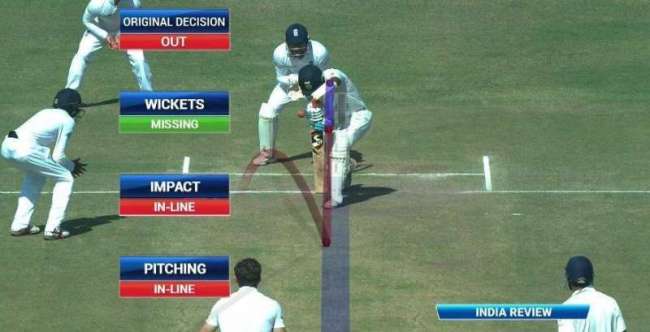
Although initially, some teams were reluctant in the incorporation of DRS into the game, later on, all other International sides voted in favor of the decision review system and it has become a standard practice for all international and some domestic cricket matches too. Players feel more confident of unfair calls with the power to challenge the umpire’s decision. As if a review is available and is called on, the umpire will have to reverse his decision if proved incorrect.
Soft signal
Here comes the controversial part of the DRS system that seems to be hanging over the cricket community at current times. At all times before the third umpire reviews the decision, the on-field umpire has to take a call on the incident that has taken place. For example, Let's say there was a loose catch, the on-field umpire has to come up with the decision based on their intuition of what has taken place. This intuition is termed a soft signal.
Basically, there needs to be an on-field umpire’s decision before the third umpire takes a look at the ball in question. Then the third umpire takes a look at the incident at several angles, slow motion, and uses various other technologies like hawkeye. Ultra edge, hot spot, etc to find conclusive evidence that proves contrary to the on-field umpires call. If no conclusive evidence is found and the third umpire also remains unsure, the on-field umpire’s soft signal is the final ruling.

The latest incident that put the soft signal under the spotlight was the case of Dawid Malan’s catch near the boundary line to dismiss Indian batsman Suryakumar Yadav. Since the on-field umpire doubted the legitimacy of Dawid Malan's catch, it was referred to as the third umpire with the soft signal given as out.
Replays showed Malan might have grassed the ball, but after multiple replays and angles the third umpire remained unsure and went along with the soft signal, and the batsman was given out. This is how a soft signal can influence the outcome of a DRS review.
Umpires call
Another cause for debate regarding the DRS system is the ‘umpire’s call’. When reviewing for LBW, Hawk-Eye that is ball tracking will be used to determine the ball’s route after pointing of contact from the leg before wicket after checking whether the impact and pitching of the ball are in line.

If the Hawkeye can't determine whether more than 50% of the ball is hitting on the stumps or bail, It will be ruled as an umpire’s call and will go with his initial ruling even if the ball is shown to clip the bails.
Verdict
Since its beginning, The umpire’s call is a cause for great controversy and one of the hotly debated topics among present and former cricketers. The irony that a batsman can be out or not of the same ball based on what the on-field umpire thinks is beyond everyone's reasoning. Till new changes are implemented, this will continue to be a flawed system with the cause of disagreement every now and then.
So is the soft signal ruling, when an umpire refers a certain situation on the pitch to the third umpire. He is more well placed with technology around him to make an informed decision rather than be influenced by the ruling of an on-field umpire who is not sure, to begin with, hence the referral. With access to technology that we have today, With the laws in place it neither helps on-field umpire to make correct calls or neither third umpires to overturn decisions.
At a time when we see players adapt to the technology on the field, it's time for the lawmakers of the game to adapt to it as well or will always remain a farce and not help the spirit of the game. Let us know what your thoughts are on the umpire’s call and soft signal, How do you think they affect the flow of a game.
Cover Credits: CricketCircle

